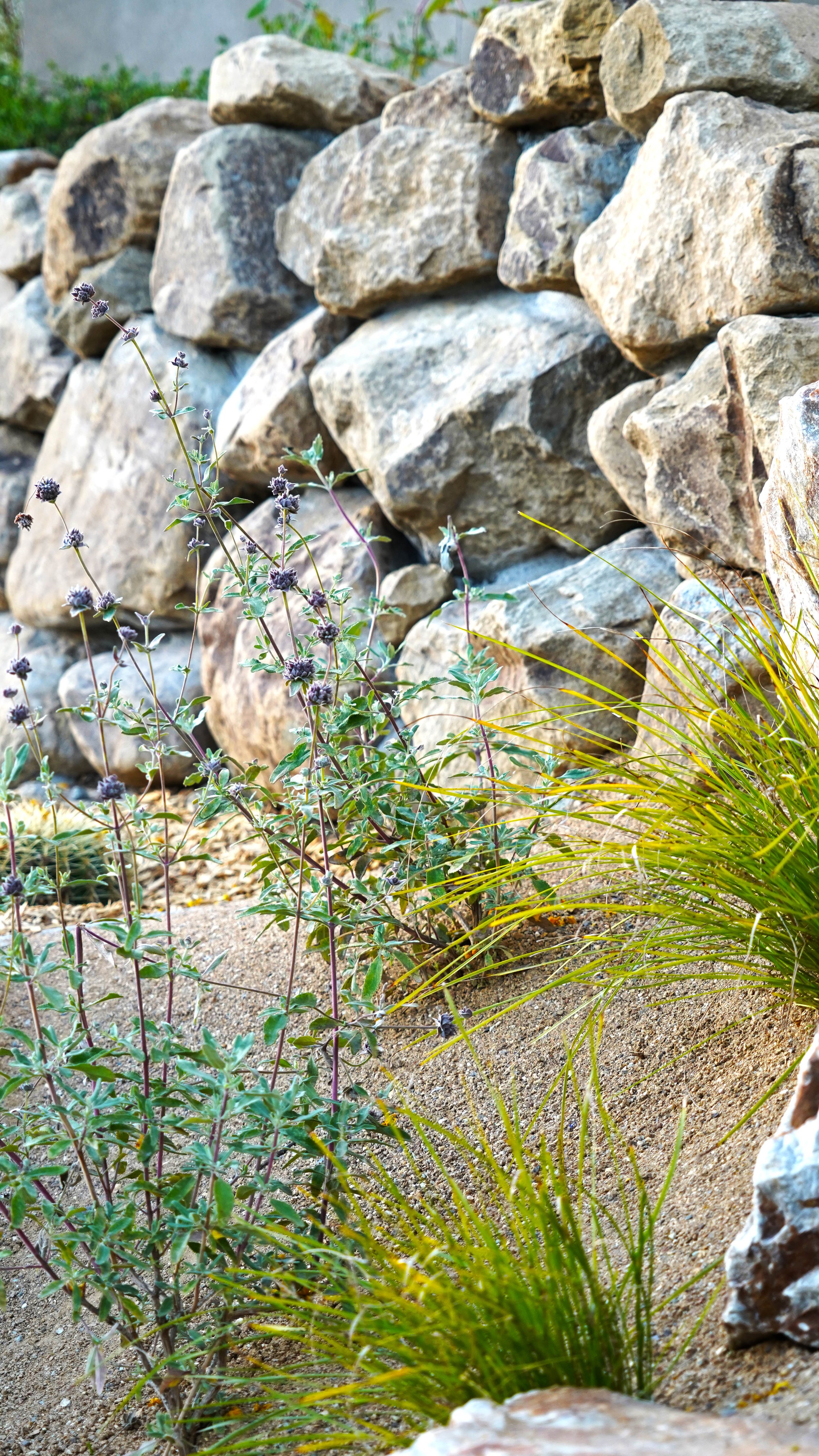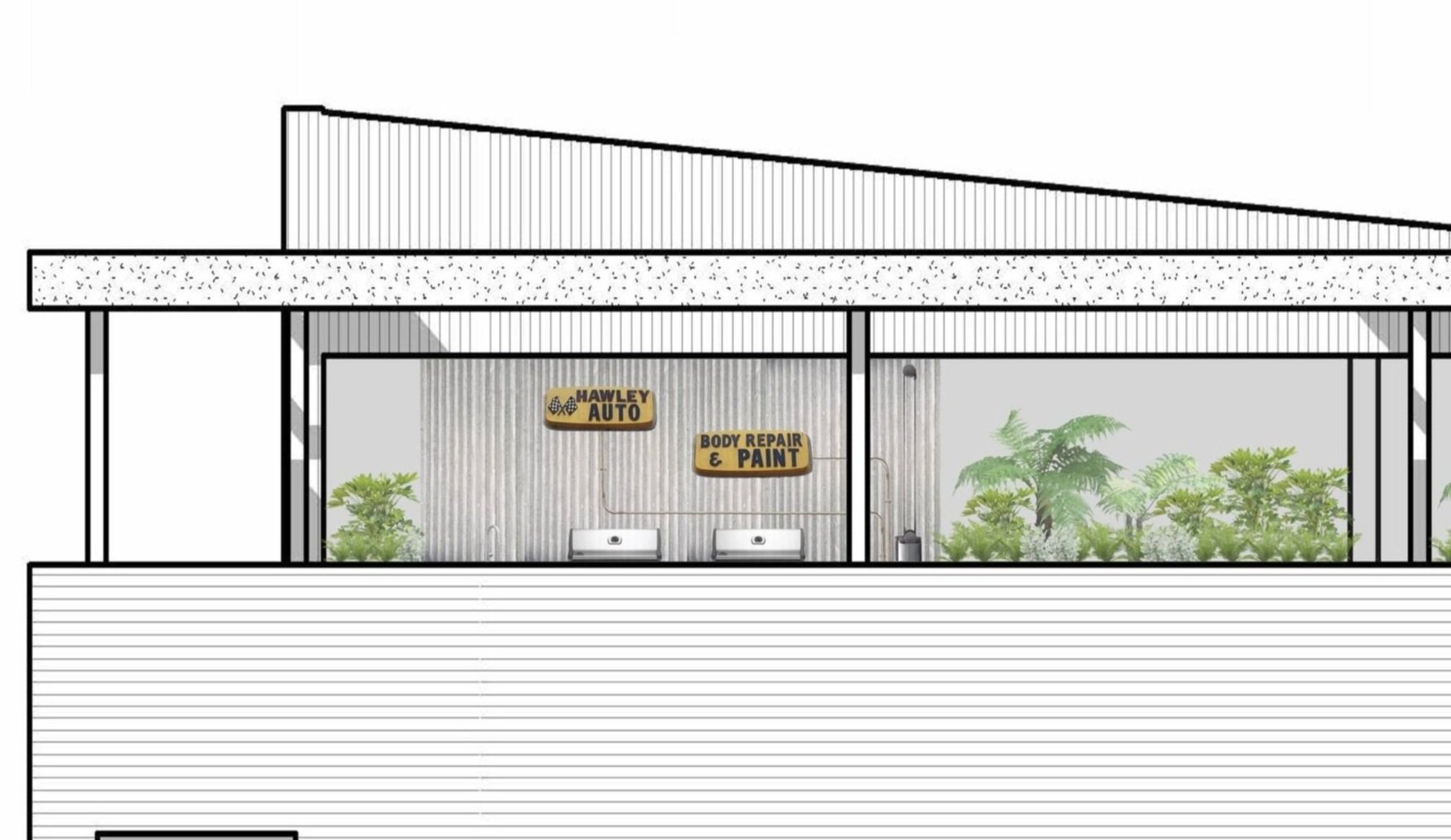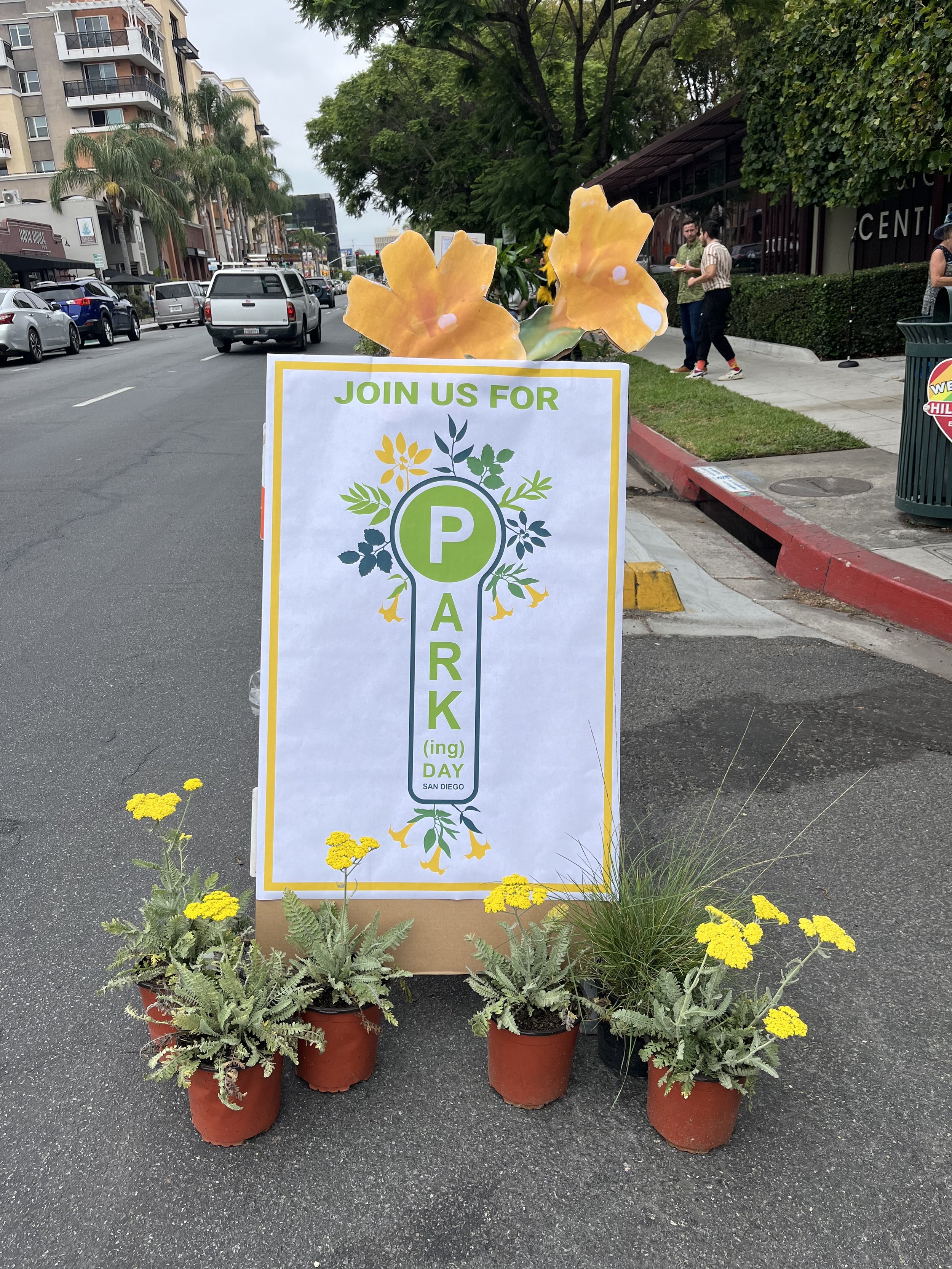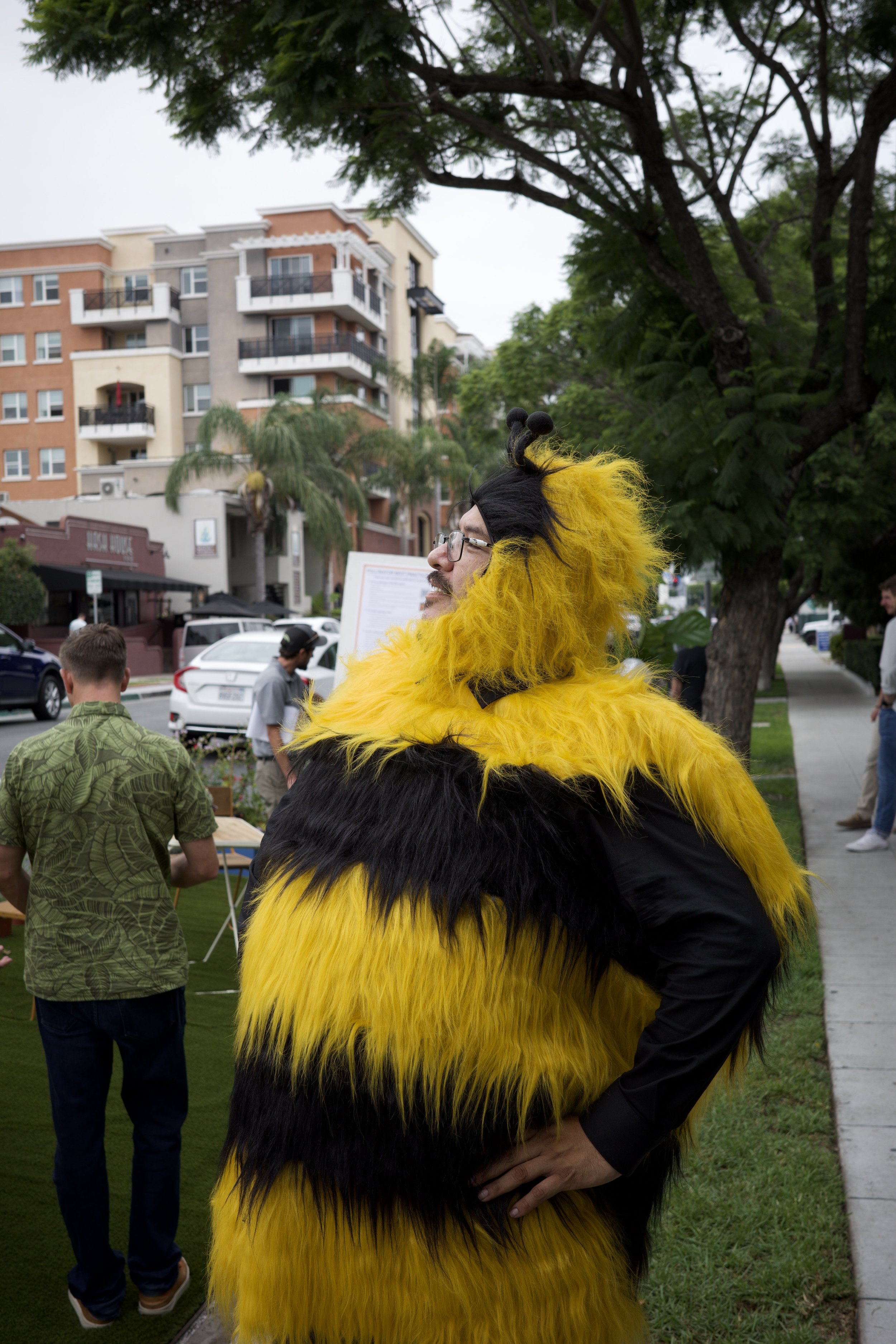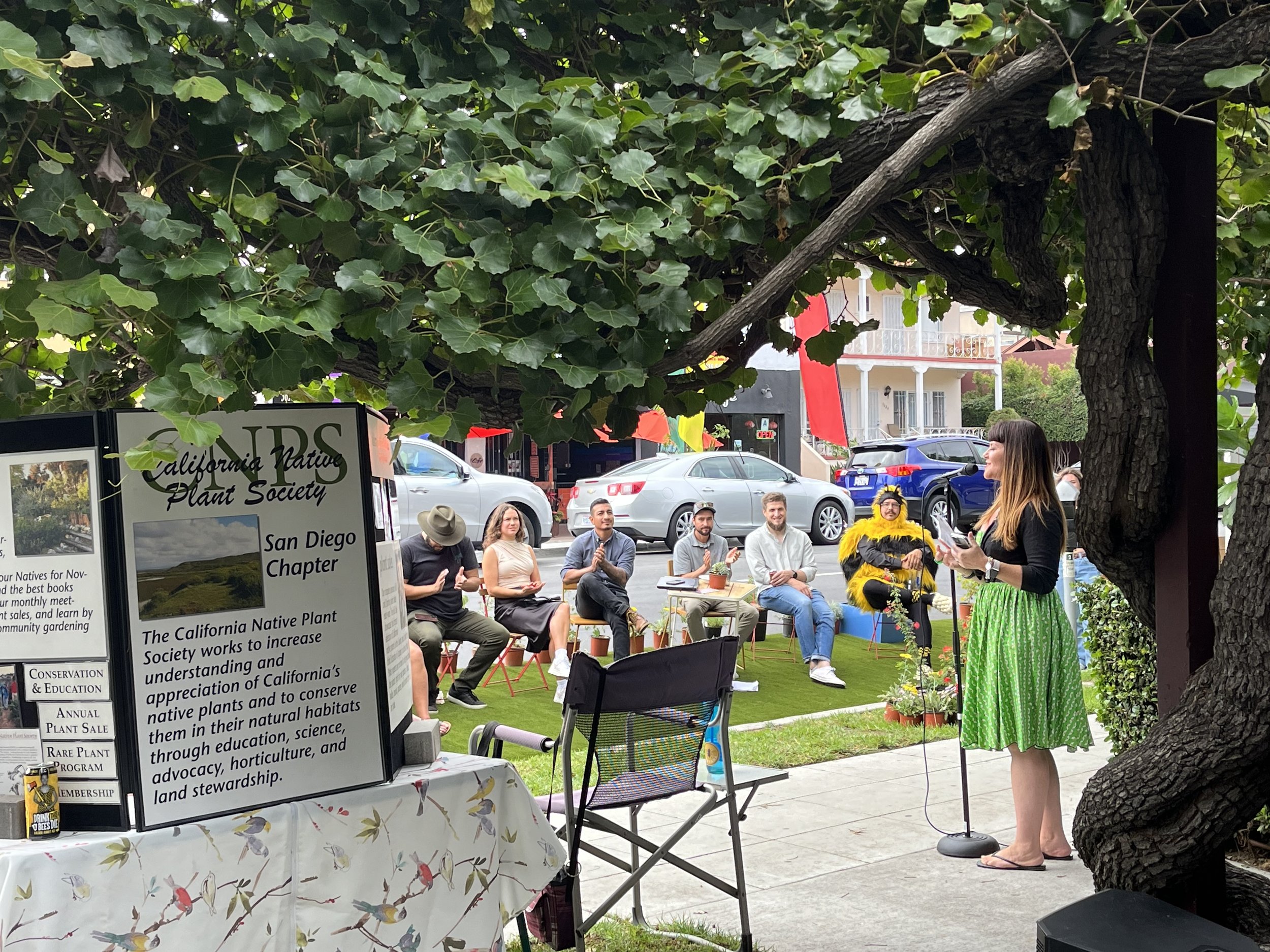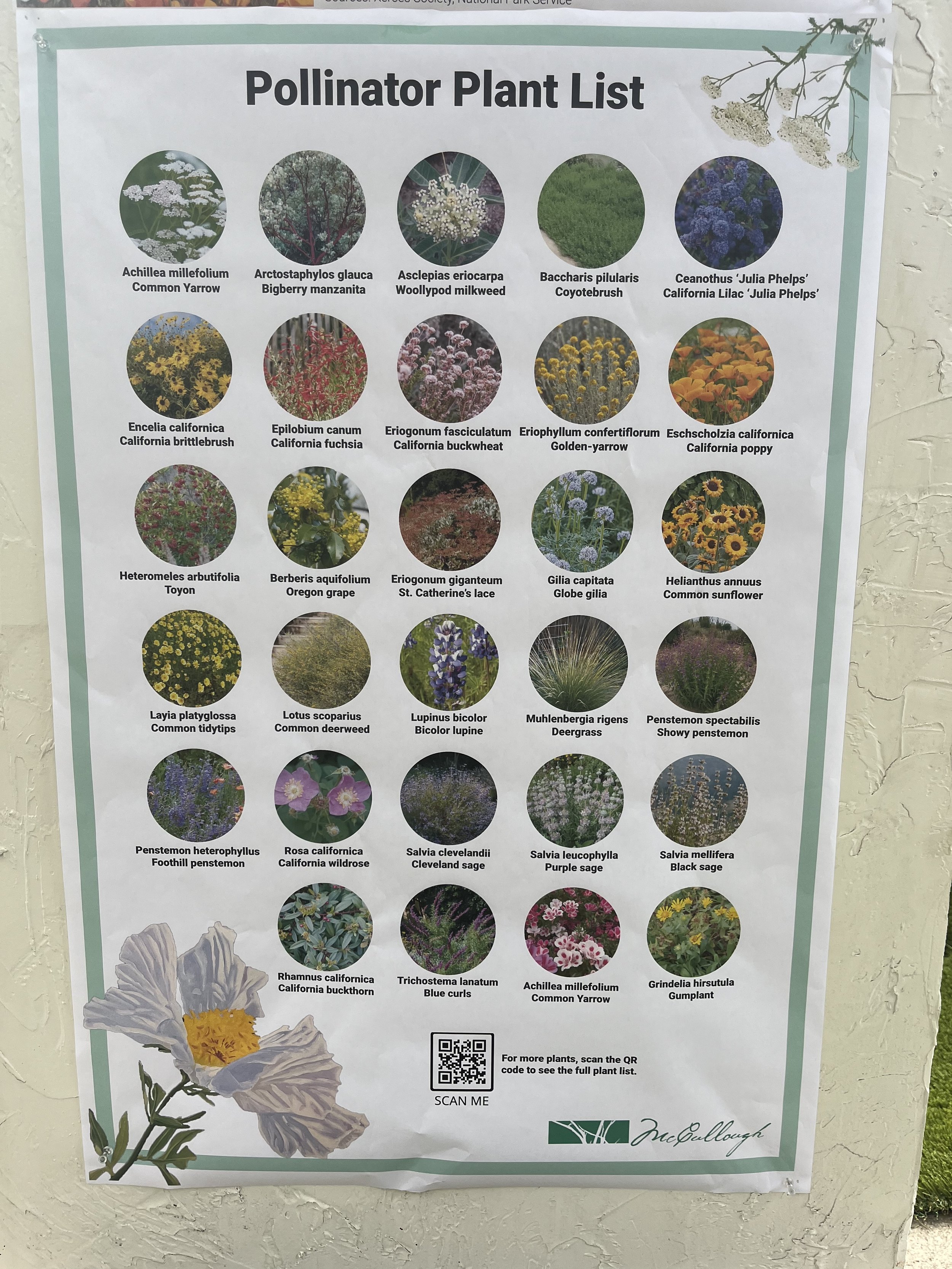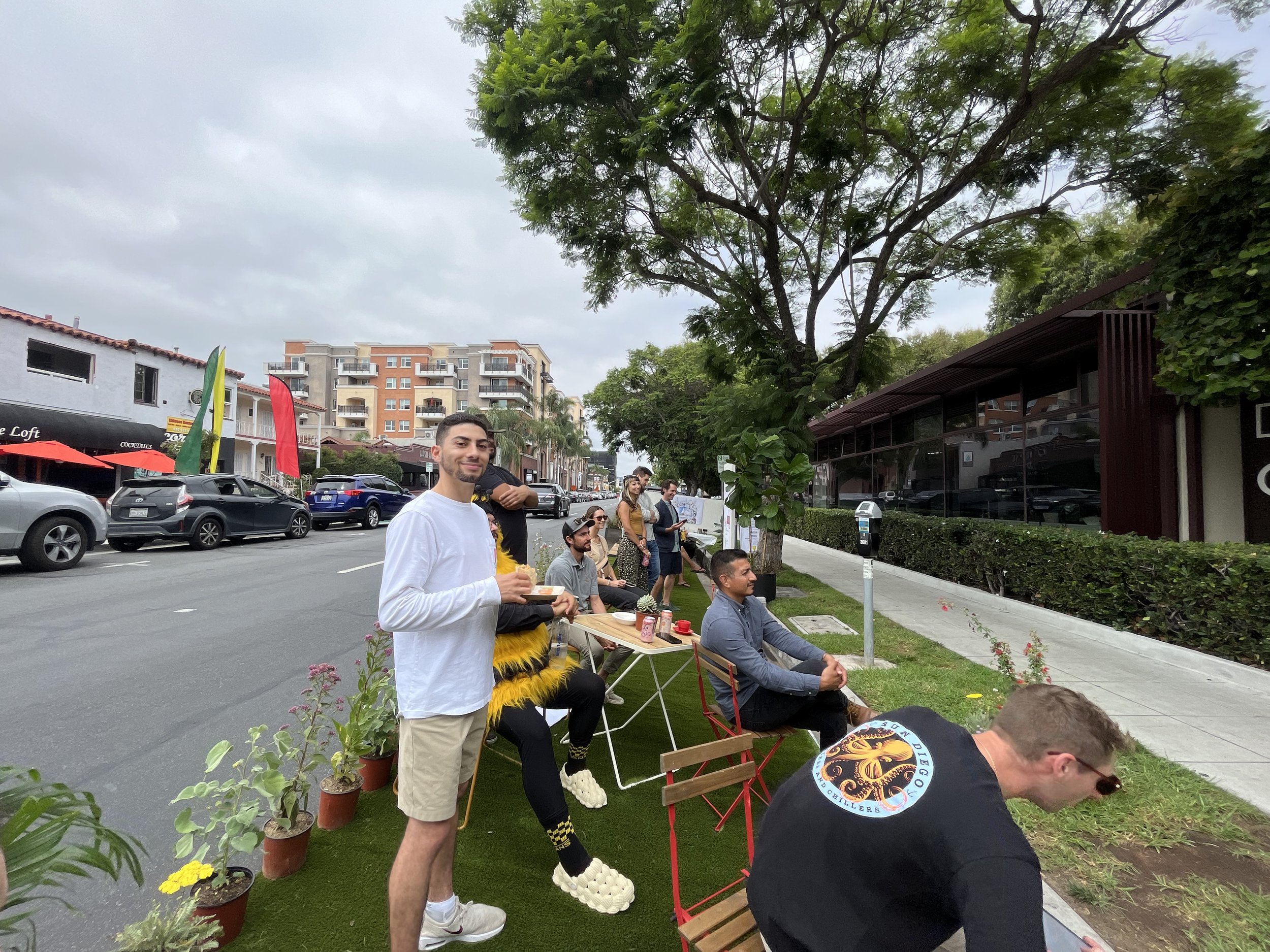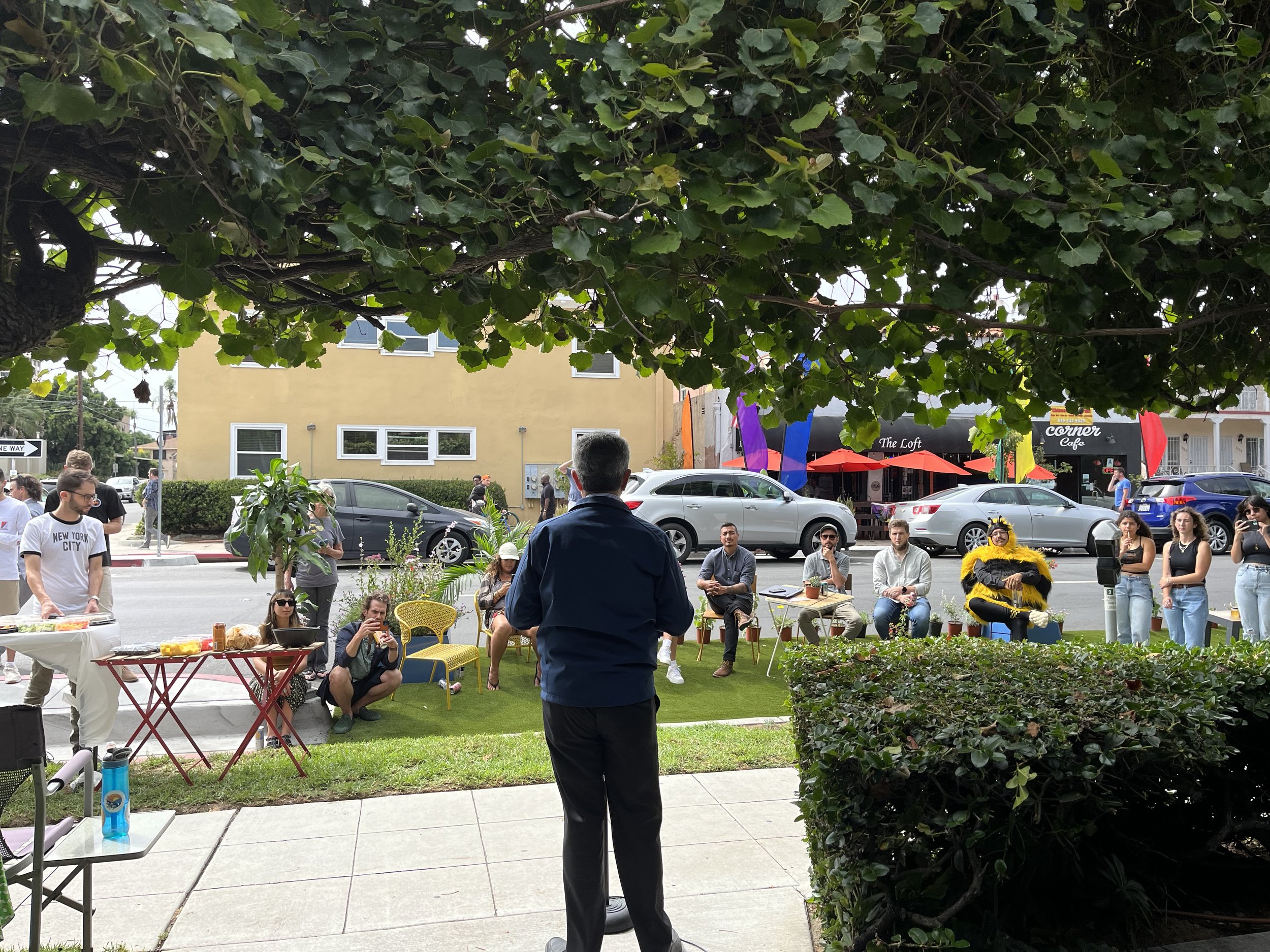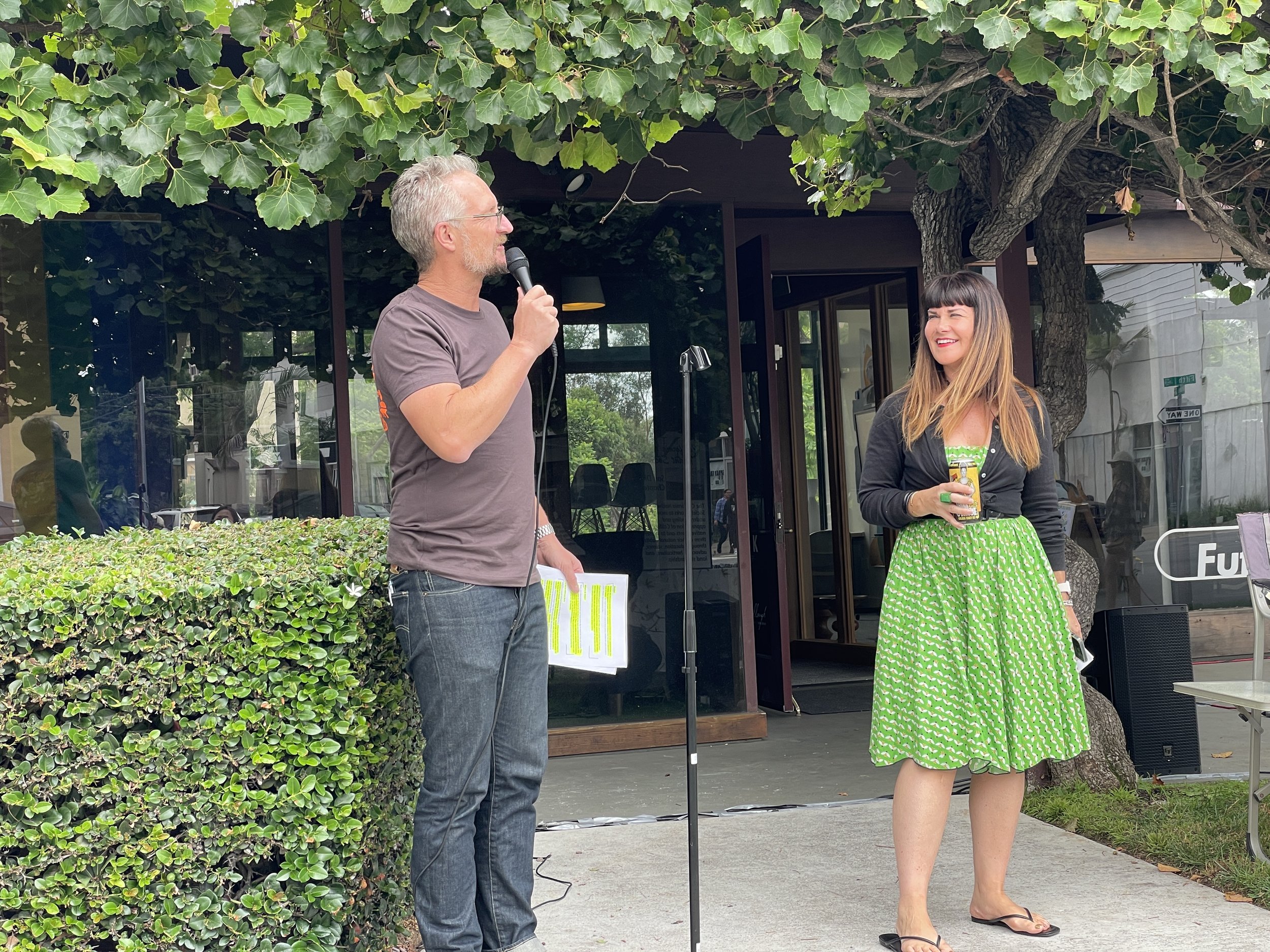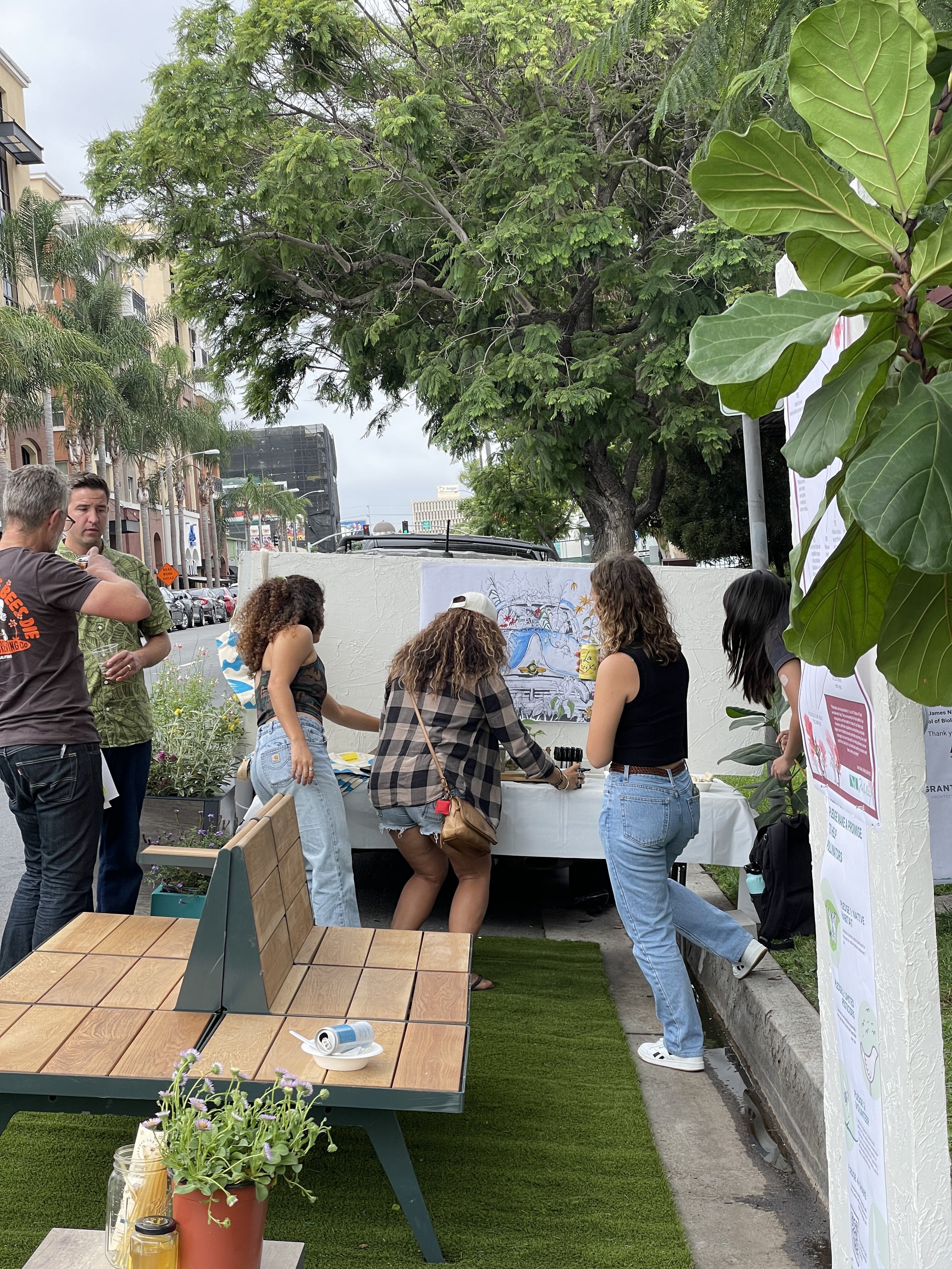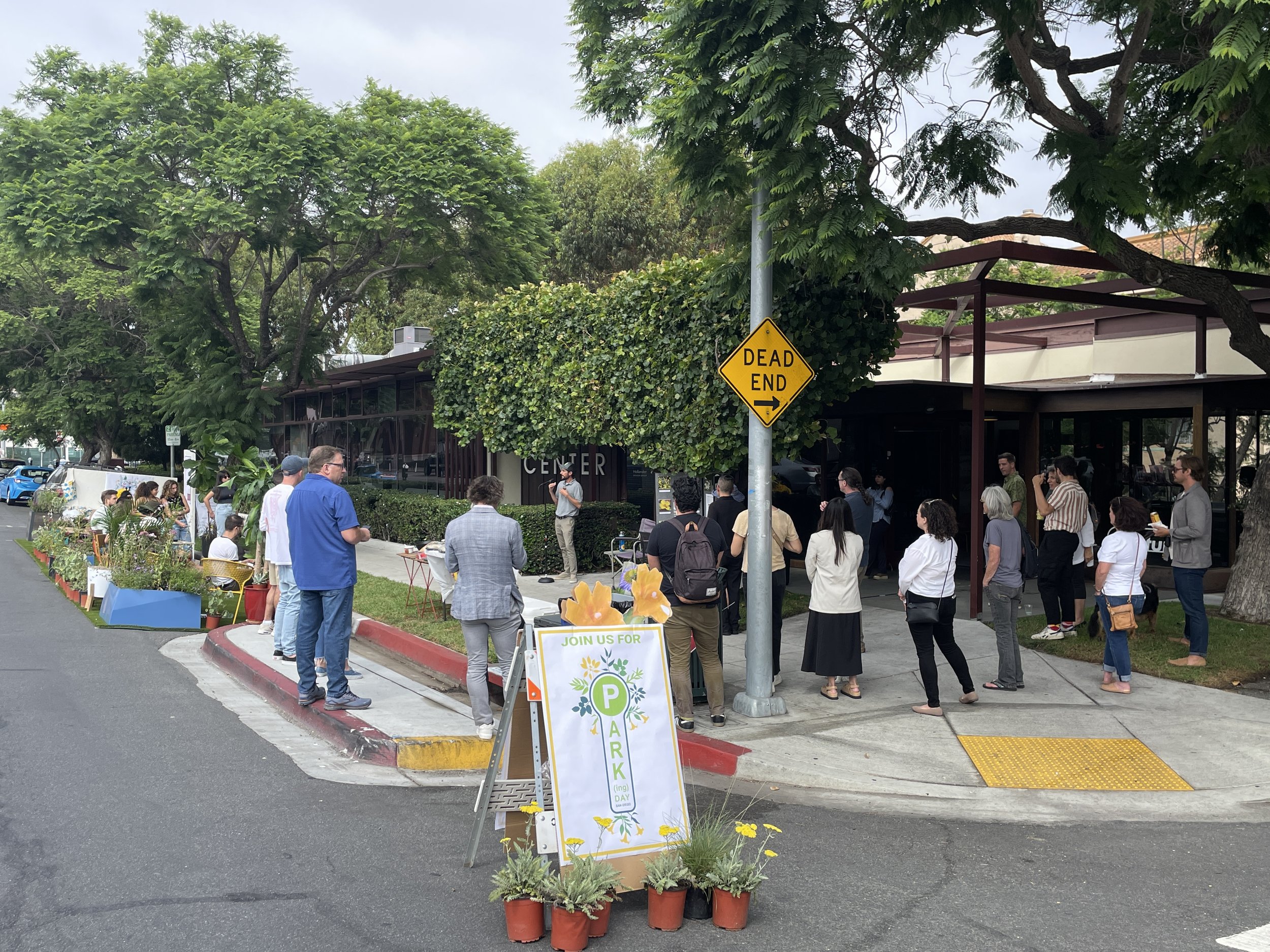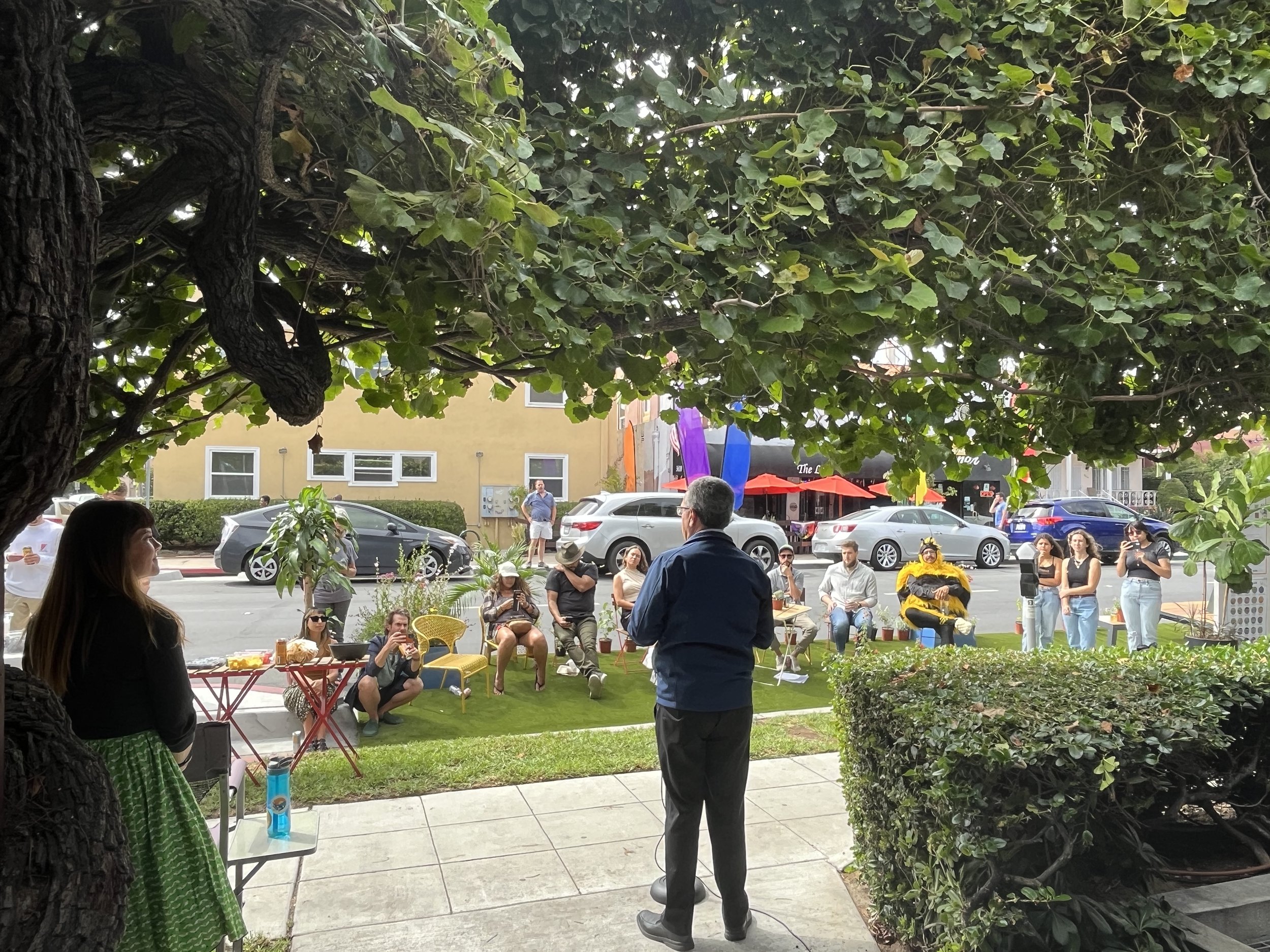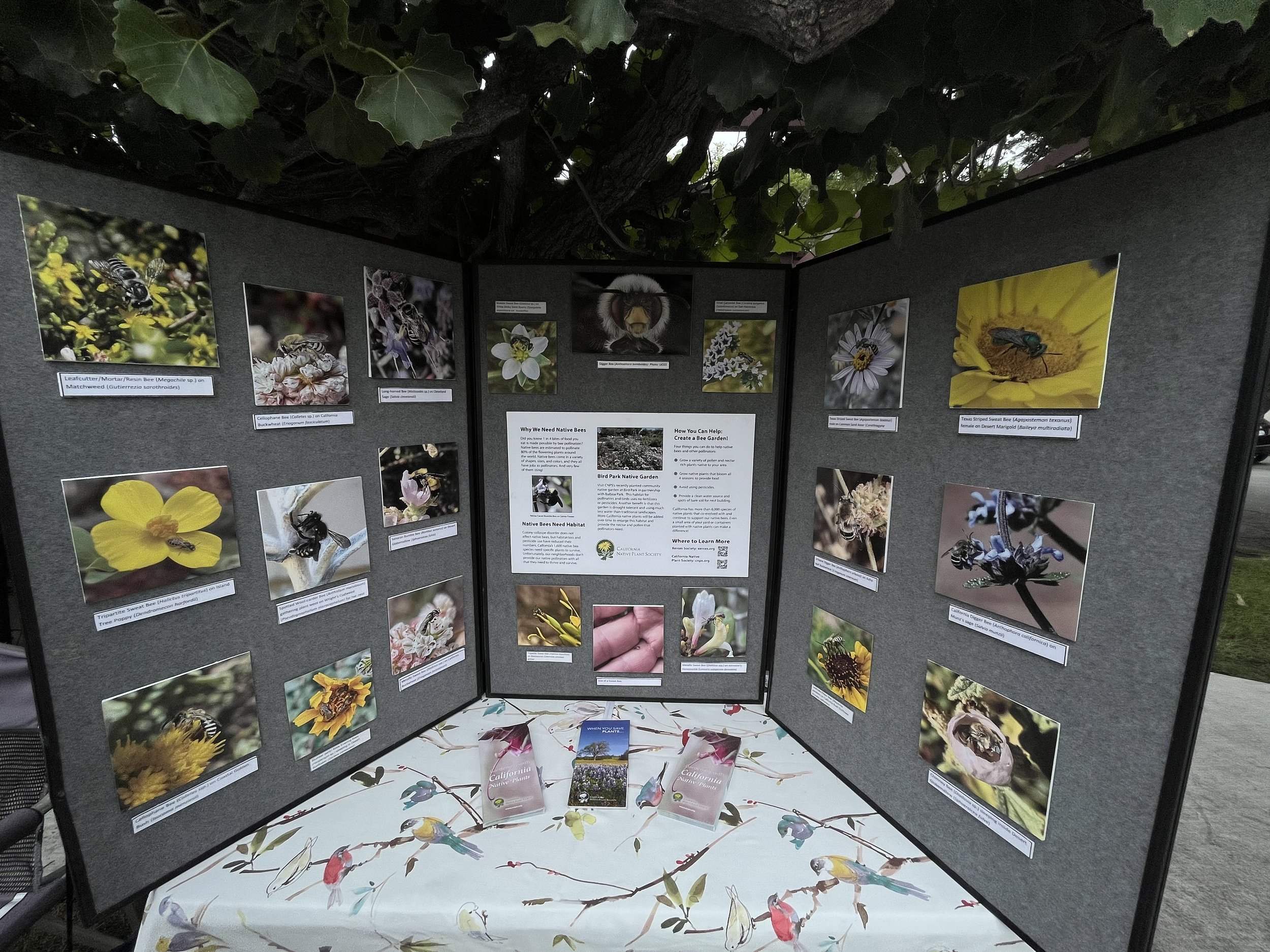Orchid Award for The WaterSmart Demonstration Garden
We are excited to announce that the WaterSmart Demonstration Garden at the Helix Water District Administrative Office won an Orchid award! The award was presented at the annual Orchids and Onions architecture and design awards gala on October 5th hosted by the San Diego Architectural Foundation every year.
Our client, the Helix Water District, prides themselves in being a progressive industry leader, dedicated to providing high quality water and, most importantly, focused on their commitment of providing the resources to costumers to support the environment for a sustainable future.
In line with the values set forth by the Water District, the vision for the garden was to curate a water-wise demonstration garden that celebrates, promotes, and educates the public on water conservation in the landscape. The design allows customers to quickly and clearly understand achievable design elements of water conservation and related technologies / practices - with the end goal of having community members apply them at their homes.
That meant deploying elements of successful water-wise landscapes. These are the pillars that informed the design in the early concept stage:
Limit turf to areas needed for practical purposes / programmed spaces – therefore limiting water usage
Rainwater as a resource – consider rainwater harvesting and bio-filtration
Climate appropriate plant selection – use native and low-water-use plants
Hydro zones – group plants according to their water needs
Readily available plant material – selections were made of material easily accessible for the public at the local nurseries
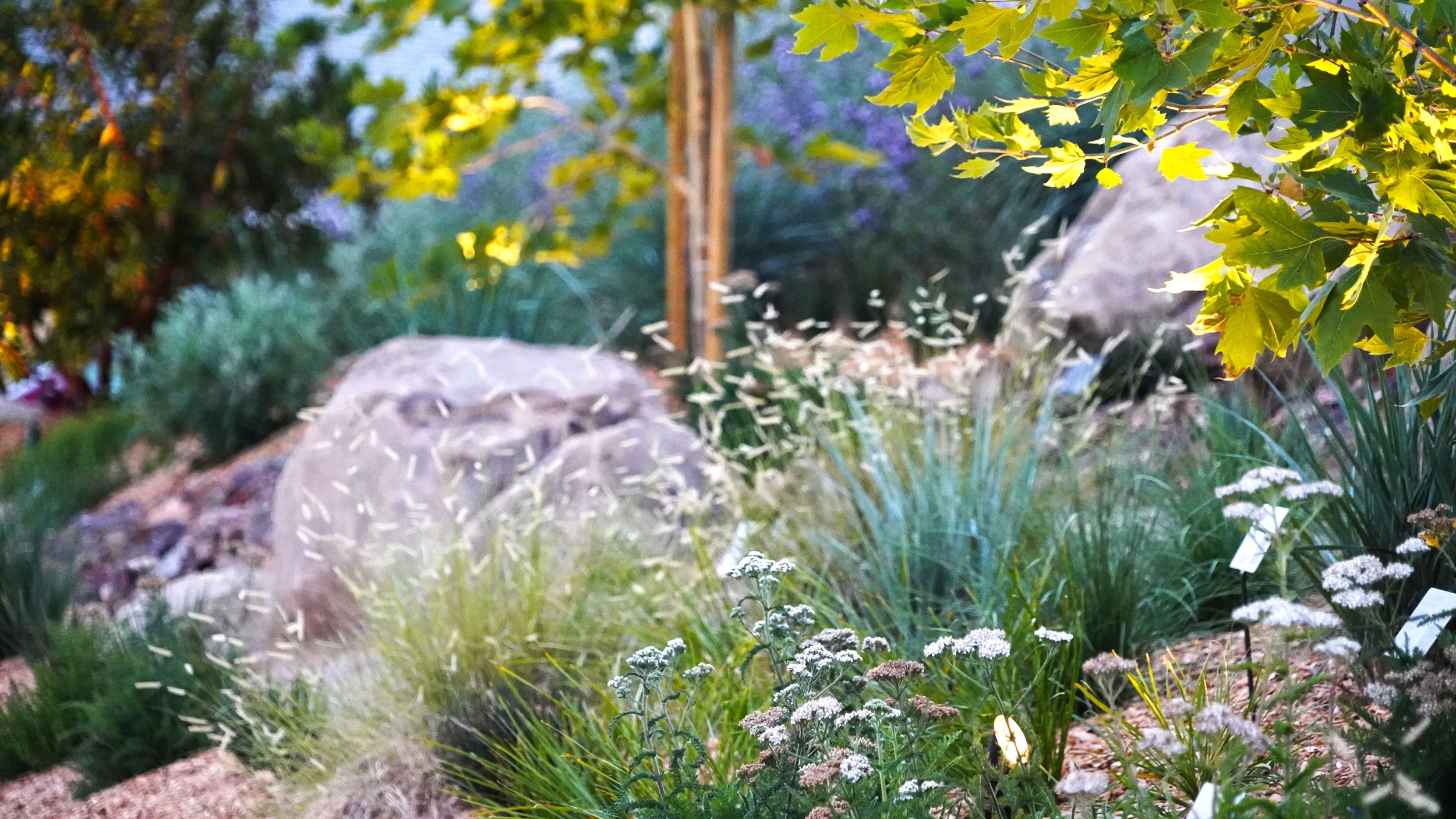


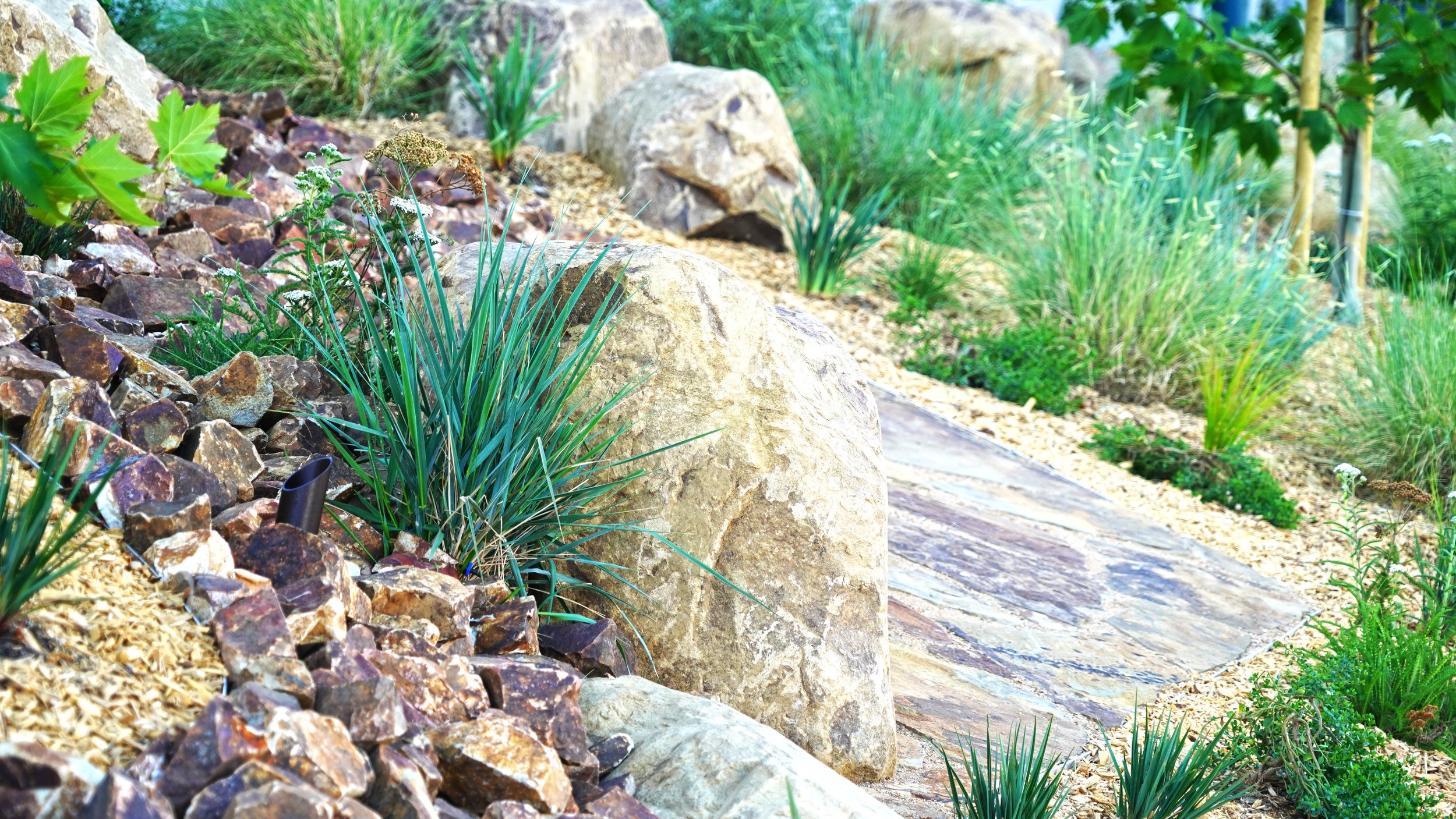
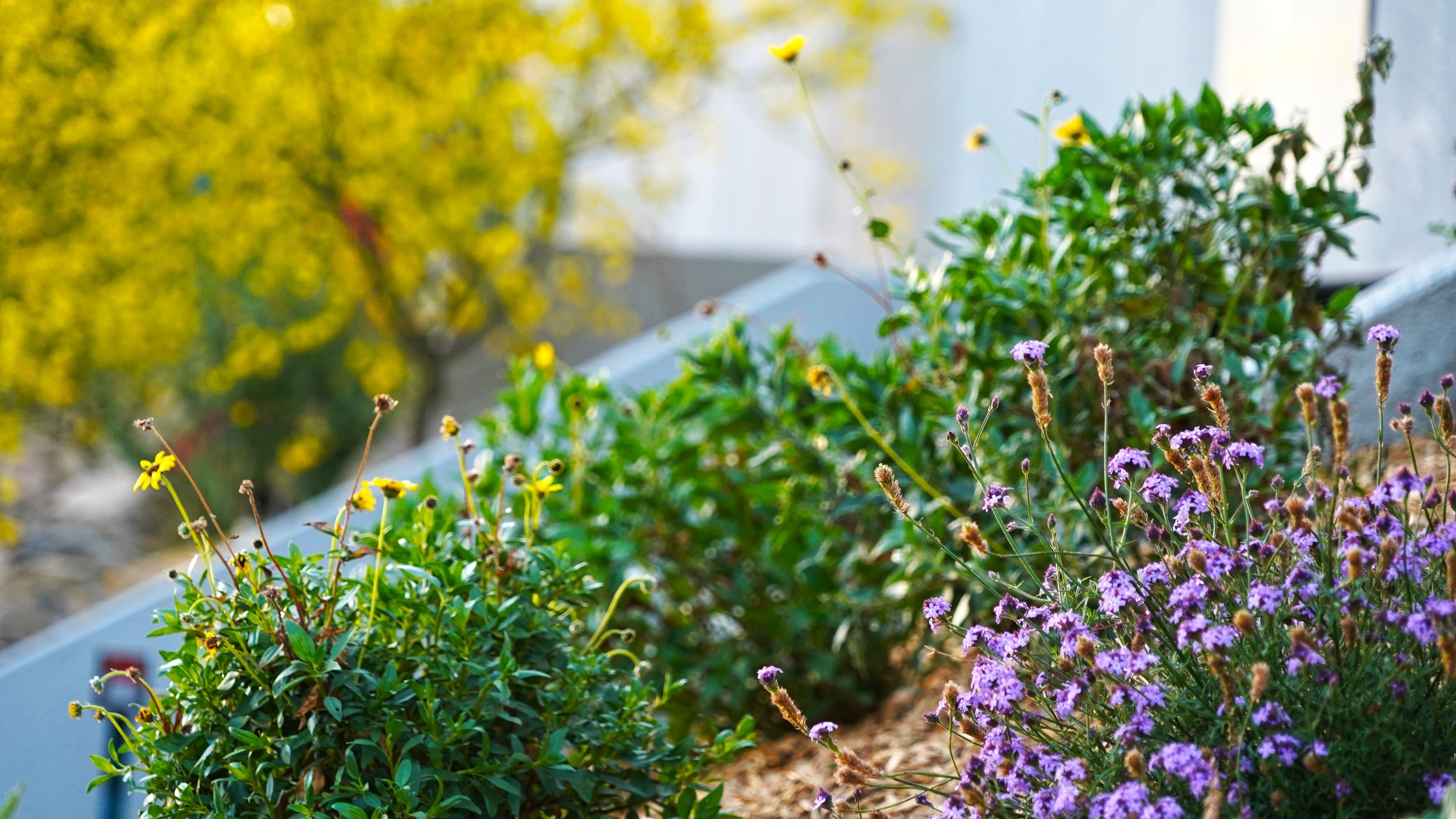
Visitors maximize their experience by learning more about the plant material through individual QR codes located on plant tags throughout the garden.
“Our demonstration landscape shows customers that water-efficient landscaping is not just one style,” said Helix Water District Director Mark Gracyk. “You can choose plants that compliment your home and personal taste – there is an option for everyone.”
We are so proud of this achievement for the entire team, and the awards gala was a beautiful evening of celebration.
The San Diego Architectural Foundation (SDAF) is a nonprofit organization dedicated to the education and promotion of outstanding architecture, landscape, interior, and urban design to improve the quality of life for all San Diegans.


